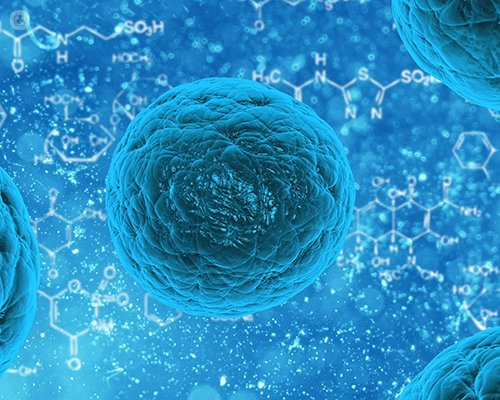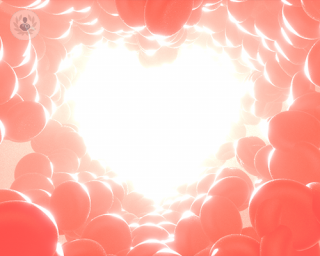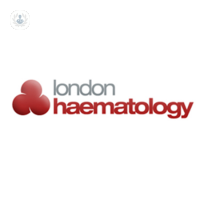Thalassaemia
Professor John Porter - Haematology
Created on: 03-12-2013
Updated on: 10-26-2023
Edited by: Conor Lynch
What is thalassaemia?
Thalassaemia is a hereditary blood disorder in which the body produces an abnormal amount of haemoglobin (red blood cell protein responsible for the transport of oxygen and carbon dioxide). This disorder causes large amounts of red blood cells to be destroyed, which leads to anaemia.

To understand the existing types of thalassemia, it is important to know that thalassaemia occurs when there is a defect in a gene that helps control the production of one of the two proteins that make up haemoglobin, alpha globin or beta globin.
Thus, there are two main types of thalassemia:
- Alpha thalassaemia: occurs when a gene or genes related to the alpha globin protein are missing or have changed. It occurs more frequently in people from Southeast Asia and the Middle East.
- Beta thalassemia: occurs when there are genetic defects that affect the beta globin protein. It occurs mostly in people of Mediterranean origin.
However, there are many forms of thalassemia, each of which has many subtypes. Thus, both alpha and beta have 2 possible forms:
- Thalasseemia major: Those with thalassaemia major must inherit the defective gene from both parents. It is also called Cooley's anaemia.
- Thalassaemia minor: Occurs if the individual receives the defective gene from just one parent. People suffering from this form of thalassemia are carriers of the disease, so they usually do not have symptoms.
What are the symptoms?
The symptoms of thalassaemia depend on the type experienced. The most severe form of alpha-thalassemia causes stillbirth or death of the baby at the time of delivery, or in the later stages of pregnancy. Children born with thalassemia major (Cooley's anaemia) do not show signs of the pathology at birth, but develop severe anaemia in the first year of life.
In addition, other symptoms of thalassaemia can be:
- Bony deformities on the face
- Fatigue
- Growth failure
- Respiratory difficulty
- Yellowish skin
There is also a type of thalassaemia (alpha and beta minor form) in which patients have small red blood cells but have no symptoms.
Can thalassaemia be prevented?
Thalassaemia cannot be prevented because it is a hereditary disorder.
What is the treatment?
Treatment of thalassaemia usually requires regular blood transfusions, as well as folate supplements. In case the patient receives blood transfusions, they should not take iron supplements as this can cause excessive amounts of iron accumulation in the body and can be harmful. If many blood transfusions are received, then these patients may require chelation therapy to eliminate excess iron.
Bone marrow transplantation may be helpful in the treatment of the disease in some patients, especially in children.






